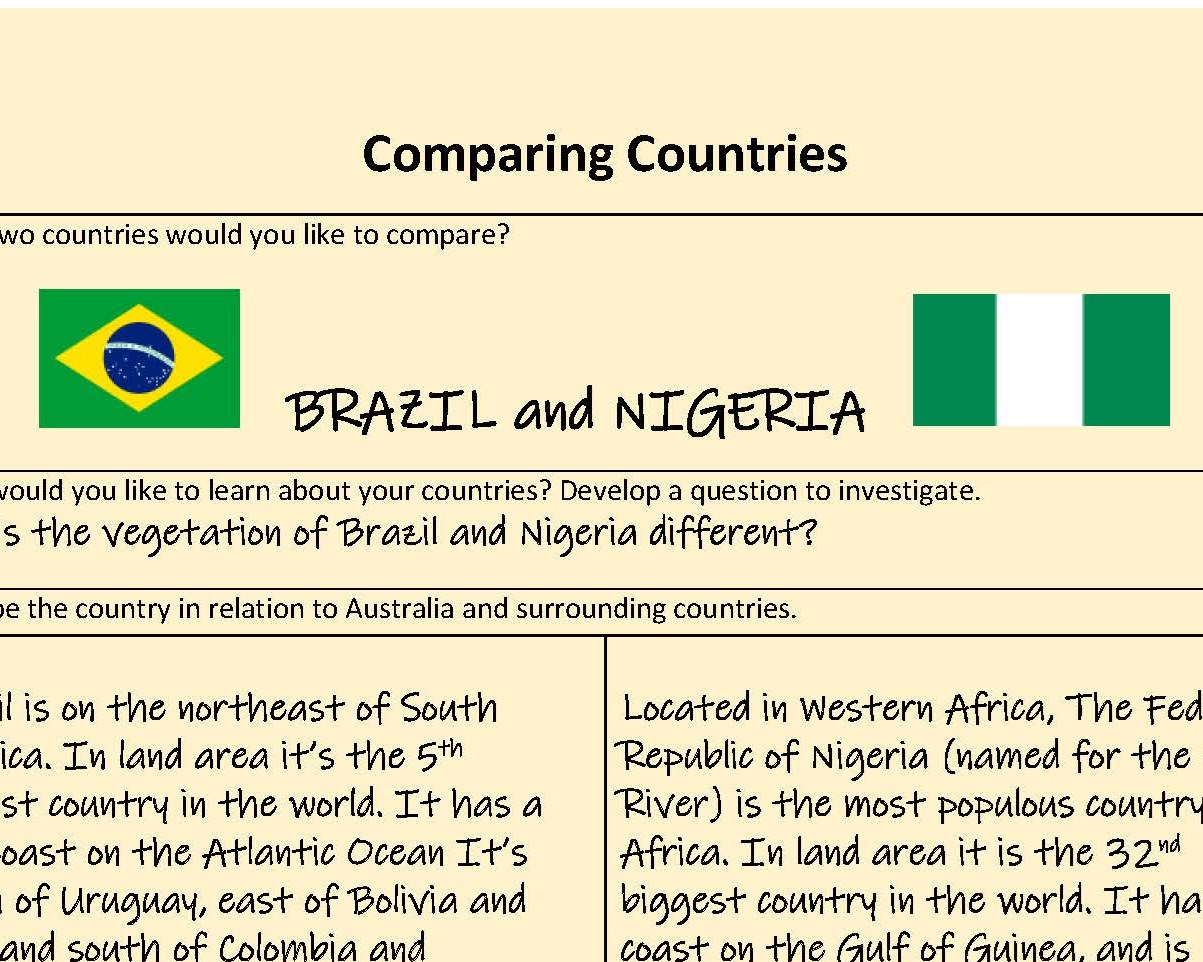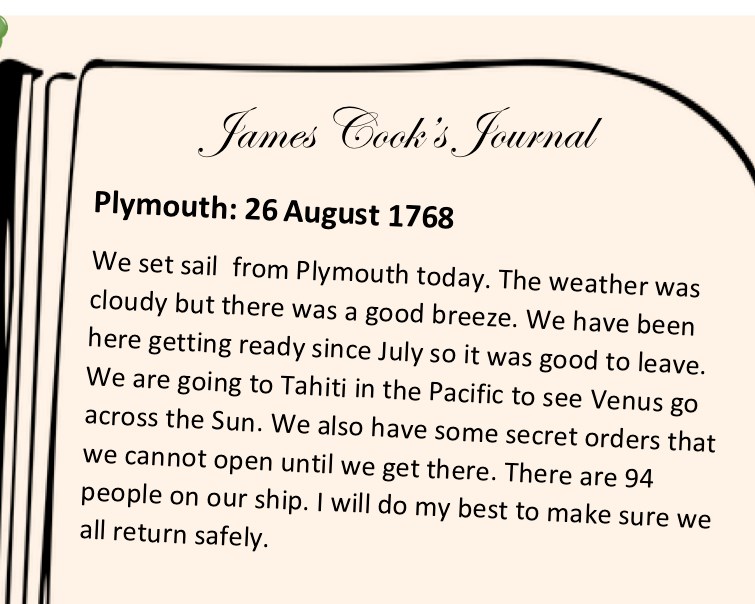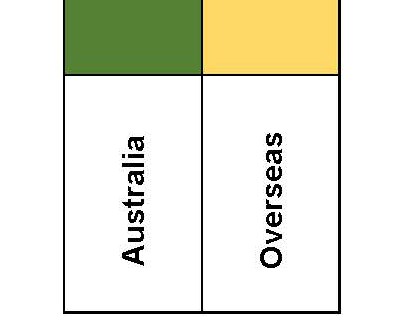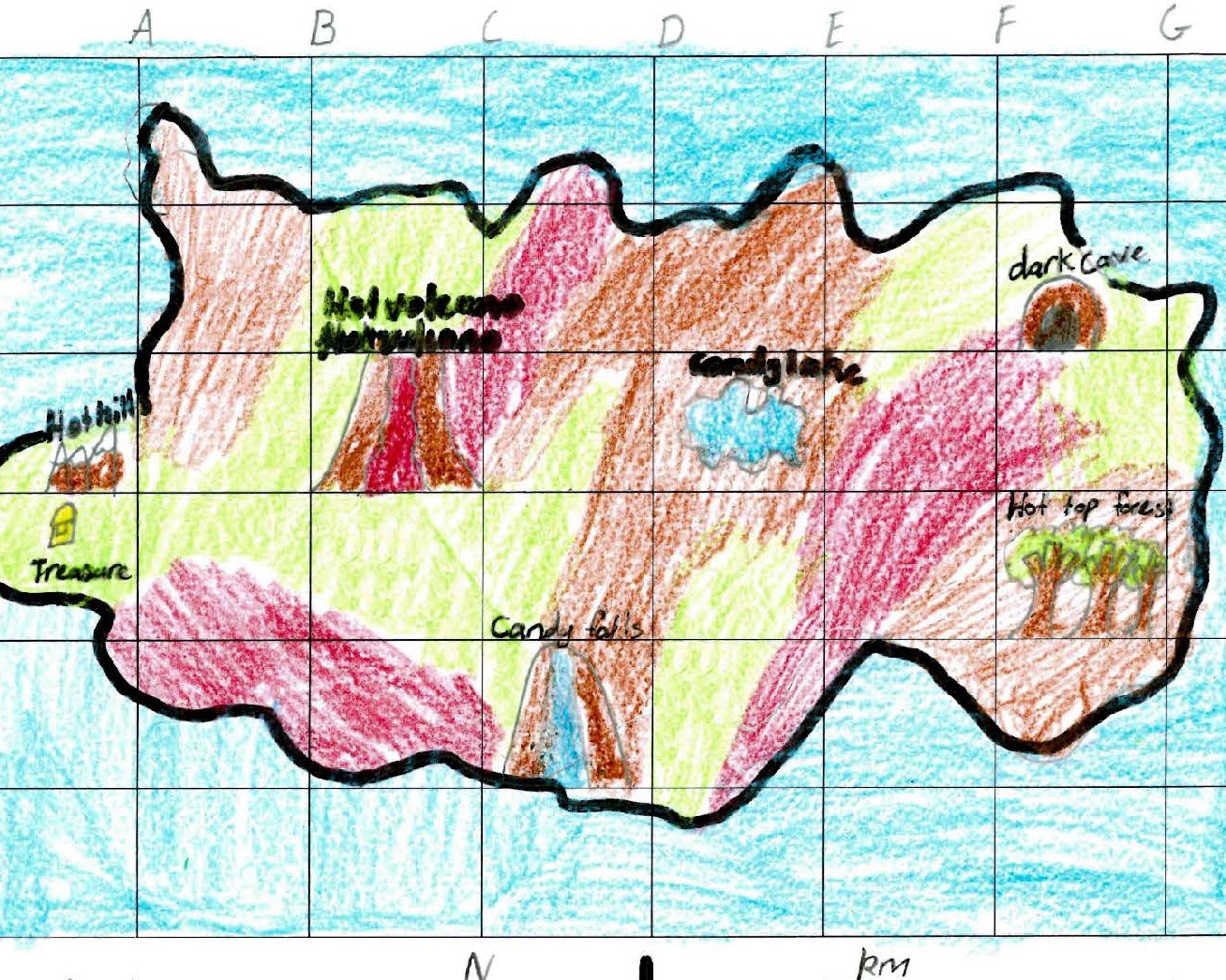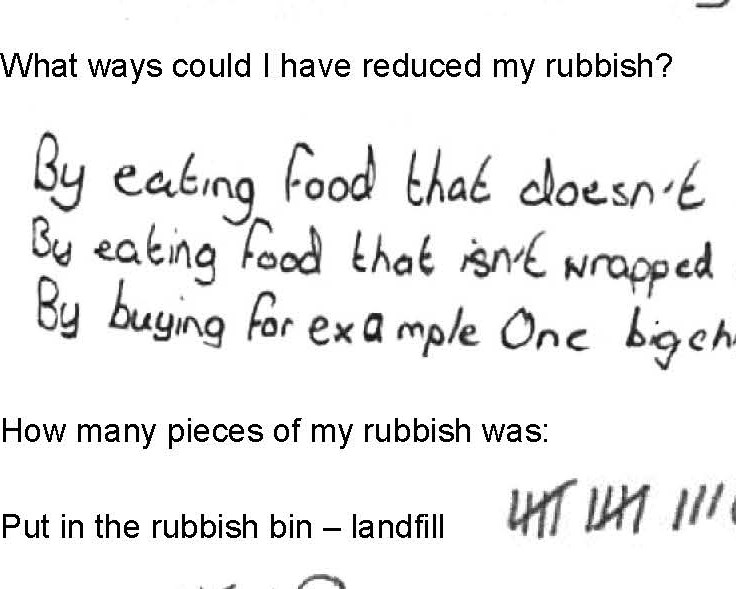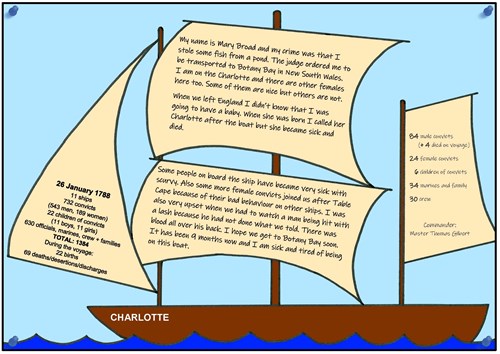Explorer research
Summary of task
Students selected a seventeenth century Dutch explorer from a list provided by the teacher. They were asked to pose a series of questions about the explorer using the stems ‘who’, ‘what’, ‘where’, ‘when’, ‘how’ and ‘why’. With teacher guidance and support from the teacher-librarian, students examined a range of selected texts – print and digital – to find answers to their questions. The questions and answers were then recorded on a digital proforma created by the teacher. This task was completed in class time over three 50-minute lessons.
Achievement standard
By the end of Year 4, students recognise the significance of events in bringing about change. They explain how and why life changed in the past and identify aspects of the past that have remained the same. They describe the experiences of an individual or group in the past.
Students sequence information about events and the lives of individuals in chronological order with reference to key dates. They develop questions about the past and locate, collect and sort information from different sources to answer these questions. They analyse sources to detect points of view. Students develop and present texts, including narrative recounts, using historical terms.


